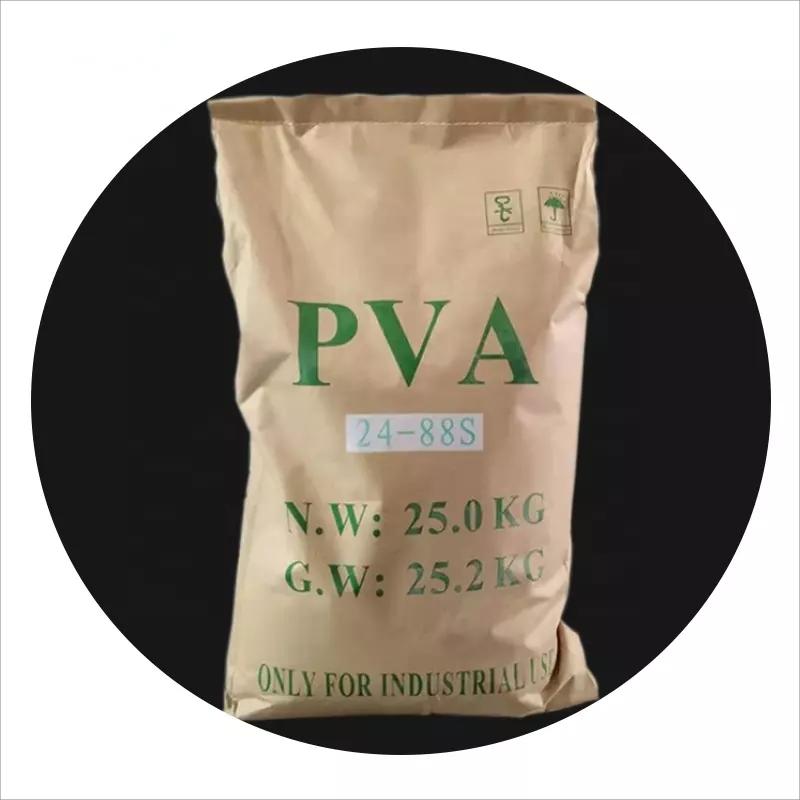Understanding Methylcellulose and HPMC Key Materials in Modern Applications
Methylcellulose and hydroxypropyl methylcellulose (HPMC) are two widely-used cellulose derivatives that have found their way into numerous industries, ranging from pharmaceuticals to food production and construction materials. Their unique properties and versatility make them indispensable in various applications. This article will delve into their structures, properties, applications, and the reasons behind their growing significance in modern materials science.
What are Methylcellulose and HPMC?
Methylcellulose is a methyl ether of cellulose obtained through the chemical modification of cellulose, a natural polymer derived from plant cell walls. The methyl groups replace hydroxyl groups (–OH) in the cellulose structure, providing unique characteristics like solubility in water and gel formation. HPMC is a further modified version with hydroxypropyl groups added to the methylcellulose structure. These modifications enhance its properties, making HPMC highly soluble in both cold and hot water and allowing it to form thermoreversible gels.
Properties of Methylcellulose and HPMC
The properties of methylcellulose and HPMC vary based on their degree of substitution (the number of hydroxyl groups replaced by methyl or hydroxypropyl groups) and the molecular weight. Generally, these compounds are non-toxic, biodegradable, and chemically stable, making them suitable for numerous applications. They exhibit excellent thickening, emulsifying, and stabilizing capabilities, which are essential in formulations requiring consistency and stability.
One critical property is their ability to form gels upon heating. Methylcellulose gels at elevated temperatures and reverts to a liquid state upon cooling, a characteristic utilized in various culinary practices and food technologies. HPMC possesses similar properties but with enhanced solubility in cold water, making it suitable for use in more diverse conditions.
Applications in the Pharmaceutical Industry
In the pharmaceutical realm, methylcellulose and HPMC serve as excipients in drug formulations. Their role as binders and film-forming agents is crucial for the production of tablets and controlled-release medications. HPMC, specifically, is widely used in the production of hydrophilic matrix tablets, where it helps regulate the release of active ingredients. Its compatibility with various drugs and ability to improve bioavailability make it a preferred choice for formulators.
methyl cellulos hpmc

Moreover, these cellulose derivatives are used in ophthalmic preparations, providing viscosity to eye drops and enhancing their comfort and effectiveness. Their non-irritating nature and stability at room temperature further underscore their utility in sensitive applications.
Role in Food Production
Methylcellulose and HPMC have gained traction in the food industry as food additives. They function as thickening agents, emulsifiers, and stabilizers in various products, including sauces, dressings, and dairy alternatives. The ability to create stable emulsions and enhance the texture of low-fat products is particularly valuable as consumers demand healthier options without compromising on taste or mouthfeel.
A notable application is their use in vegan and plant-based products. Methylcellulose has been embraced in meat alternatives to improve texture and moisture retention. Its gel-forming characteristics contribute to the desirable mouthfeel of plant-based meats, making them more appealing to consumers.
Construction and Beyond
In addition to their roles in pharmaceuticals and food, methylcellulose and HPMC have established their presence in the construction industry. They are used as additives in cementitious materials, improving workability and preventing water loss during curing. Their thickening properties help ensure that the materials retain moisture, allowing for better adhesion and strength.
Beyond construction, these cellulose derivatives find applications in personal care products, paints, and coatings, showcasing their versatility across various sectors.
Conclusion
In summary, methylcellulose and hydroxypropyl methylcellulose are two essential cellulose derivatives with a broad range of applications across multiple industries. Their unique properties, including solubility, gel-forming ability, and stability, make them invaluable in pharmaceuticals, food production, construction, and beyond. As industries continue to evolve and seek sustainable alternatives, the demand for these versatile materials is likely to grow, solidifying their place as key players in modern applications. Understanding and harnessing the full potential of methylcellulose and HPMC can lead to innovative solutions that meet the needs of today’s dynamic market environment.
-
Rdp Powder: Key Considerations for Wholesalers in the Building Materials IndustryNewsJul.08,2025
-
Key Considerations for Wholesalers: Navigating the World of Hpmc - Based ProductsNewsJul.08,2025
-
Hpmc Detergent: Key Considerations for WholesalersNewsJul.08,2025
-
Key Considerations for Wholesalers: China Hpmc For Tile Adhesive, Coating Additives, Concrete Additives, and MoreNewsJul.08,2025
-
Crucial Considerations for Wholesalers: Navigating the World of Construction MaterialsNewsJul.08,2025
-
Key Considerations for Wholesalers Sourcing Additive For Cement, Additive For Concrete, Additive For Putty from Additive Manufacturer Shijiazhuang Gaocheng District Yongfeng Cellulose Co., Ltd.NewsJul.08,2025




